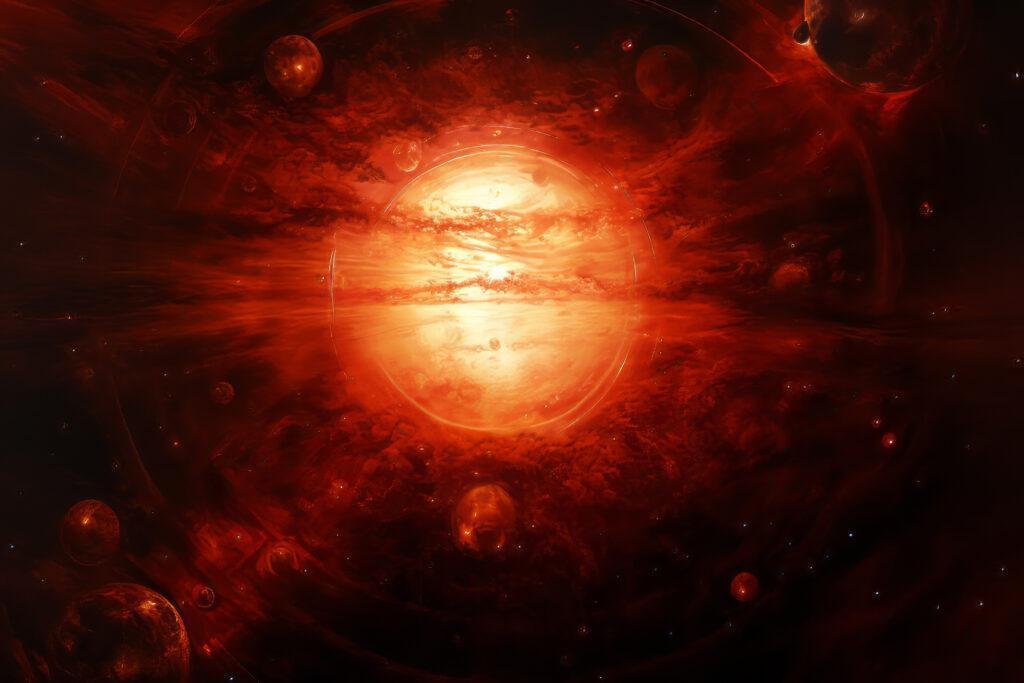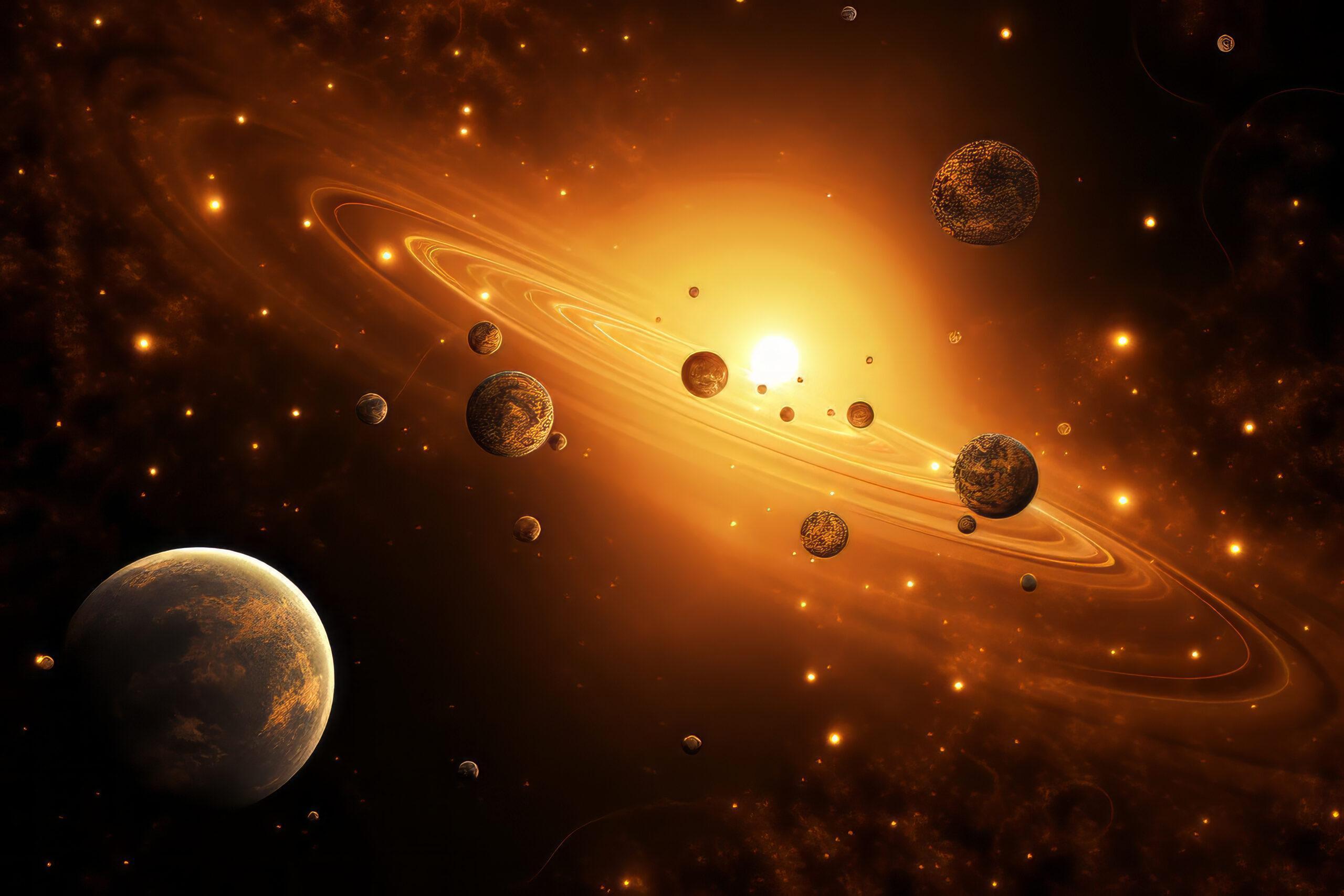The Dawn of Light: How a Primordial Galaxy’s Bubble Reveals the Universe’s First Transparency
In the eternal blackness of the early cosmos, a single galaxy’s ultraviolet glow may have punched the first hole in the universe’s primordial fog. Astronomers using the James Webb Space Telescope (JWST) have discovered compelling evidence that a galaxy observed just 330 million years after the Big Bang was already carving a transparent bubble through the opaque hydrogen soup that filled the infant universe. This extraordinary finding pushes back our timeline for cosmic reionization—the pivotal epoch when light first broke free to travel unimpeded through space.
The Cosmic Dark Ages and First Light
For nearly 400,000 years after the Big Bang, the universe remained too hot and dense for atoms to form, existing instead as a swirling plasma of charged particles that scattered photons like a thick London fog. As expansion cooled the cosmos, electrons and protons finally combined to create neutral hydrogen and helium atoms, ushering in the so-called Dark Ages—a period when no stars yet shone to illuminate the void.
This cosmic night began to lift when the first generations of stars and galaxies ignited, their intense ultraviolet radiation stripping electrons from surrounding hydrogen atoms in a process called reionization. But precisely when and how this transformation occurred has remained one of cosmology’s greatest mysteries.
“Imagine the universe as a vast theater before dawn,” explains Dr. Joris Witstok of the University of Copenhagen, lead author of the new study. “We’ve just spotted the first usher turning on a flashlight—evidence that the lights are about to come up for the cosmic show.”

JWST’s Groundbreaking Discovery
The revelation comes from an unprecedentedly deep 19-hour JWST observation of galaxy JADES-GS-z13-1-LA, which appears to us as it existed a mere 330 million years after the Big Bang. Spectroscopic analysis revealed two startling features:
- A 200,000-Light-Year Transparent Bubble
- Surrounding the galaxy like a spherical cavity
- Indicates local hydrogen has been ionized
- Stretches about twice the diameter of our Milky Way
- Puzzlingly Intense UV Emission
- Could originate from either:
- A dense population of massive, hot young stars
- An actively feeding supermassive black hole
- If the latter, would be the earliest known quasar
- Could originate from either:
“This galaxy is essentially blowing a giant bubble in the cosmic fog,” says Dr. Michele Trenti of the University of Melbourne. “What’s astonishing is that we can see its light at all—the neutral hydrogen blanketing the early universe should have absorbed these photons completely.”
Rethinking Cosmic Timeline
The discovery challenges several assumptions about the early universe:
Faster Than Expected
That such a large ionized bubble exists so early suggests:
- First stars may have formed sooner than models predicted
- Early galaxies were more efficient at reionization than thought
Energy Source Mystery
The extreme UV output implies either:
- Unusually intense star formation rates
- The presence of a billion-solar-mass black hole (difficult to explain so early)
Patchy Reionization
The bubble supports theories that transparency emerged unevenly across the cosmos, like holes forming in Swiss cheese, rather than as a uniform transition.
A New Benchmark for Cosmic Dawn
“This galaxy serves as a milepost in our exploration of cosmic dawn,” remarks Professor Richard Ellis of University College London. “It tells us that by 330 million years after the Big Bang, the universe already contained mature enough galaxies to significantly alter their surroundings.”
The findings align with JWST’s growing catalog of surprisingly bright, massive early galaxies that challenge standard models of cosmic evolution. As Witstok notes, “Each new observation pushes the boundaries of what we thought possible in the infant universe.”
Next Steps in the Quest
With several more candidate galaxies in JWST’s sights, astronomers hope to:
- Determine if JADES-GS-z13-1-LA is typical or exceptional
- Find even earlier examples of reionization bubbles
- Pinpoint the dominant sources of ionizing photons
As Dr. Trenti reflects, “We’re essentially cosmic archaeologists, uncovering the very moment when darkness gave way to light. And JWST is proving to be the perfect time machine for this excavation.”
This discovery not only illuminates a key transition in universal history but reminds us that even our most sophisticated models must bend before the revelations of direct observation. The early universe, it seems, was more complex and dynamic than we ever imagined.

